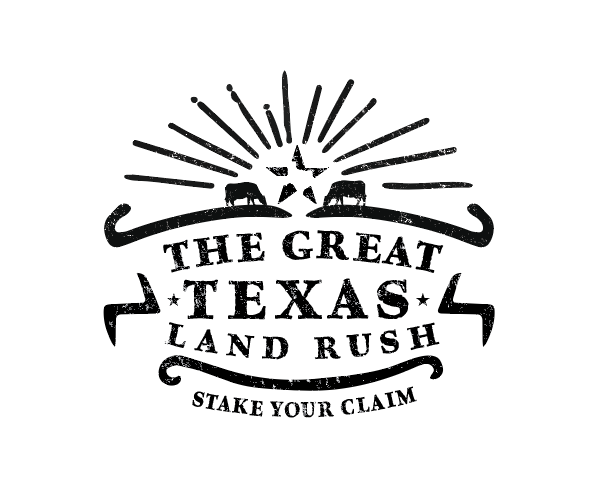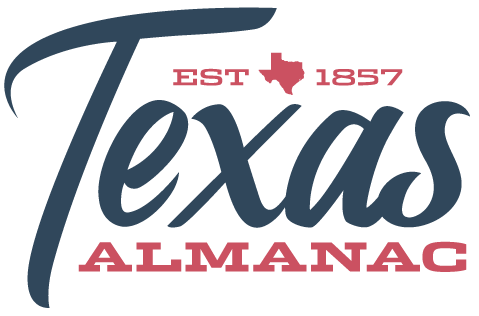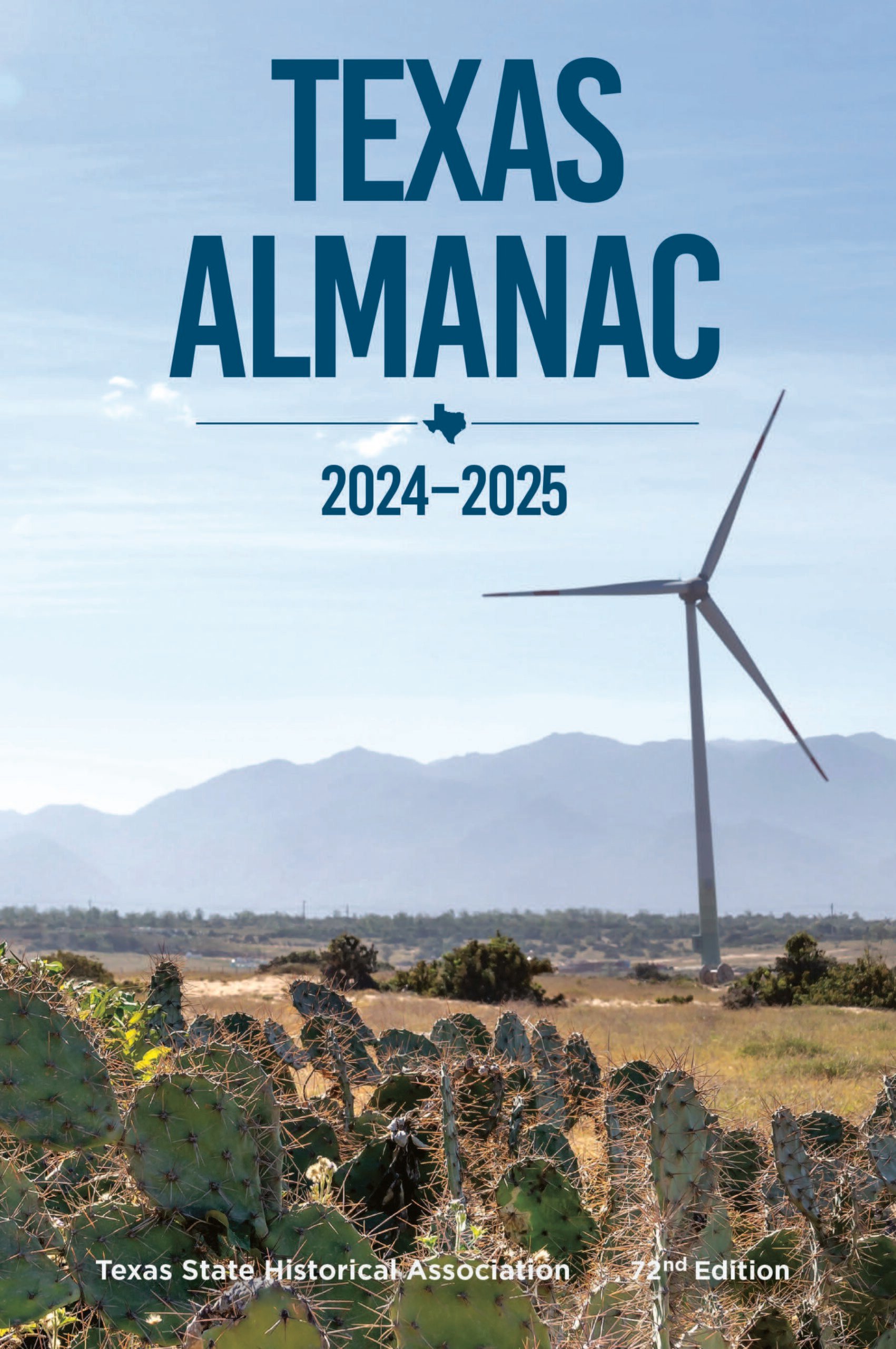Oil City
Petrolia is at the crossing of State highways 79 and 148, fourteen miles north of Henrietta and fifteen miles east of Wichita Falls in northern Clay County. The establishment of the community dates from 1904, when the Wichita Falls and Oklahoma Railway was built through the area. The site was named Petrolia after a town in Pennsylvania because of the nearby oilfields. The original community in the area was called Oil City. In 1901 J. W. Lochridge, a farmer and rancher with land three miles southeast of the site of present Petrolia, hired Samuel McCord to dig a water well, but he was unable to find water and struck oil at a depth of 263 feet, thus opening the first oilfield in North Texas. Lochridge used the oil for dipping cattle to rid them of parasites, and on April 10, 1903, formed the Lochridge Oil Company. Speculators who had held the mineral rights to the area since the Civil War flooded the area. A shantytown of several hundred residents grew up in the area, which became known as Oil City. It had its own post office from June 25, 1904, to July 19, 1905. When the Wichita Falls and Oklahoma Railroad went through the area in 1904 the majority of the population moved to Petrolia, which was located on the railroad, and Petrolia received its own post office in 1904. By late 1905 Petrolia was a booming town, with a hotel, a bank, a drugstore, a barbershop, a livery stable, a dry-goods store, a hardware store, a furniture store, a meat market, a lumberyard, an ice house, two oilfield-supply stores, and cotton gins. The sale of alcoholic beverages was illegal in Clay County, but alcohol was freely sold on the streets of early Petrolia. Prostitution and gambling were rampant. The community continued to grow, especially with the discovery of natural gas in the field in 1907. By 1914 the community had churches of five communions, the Continental State Bank, a theater, a water works, telephone connections, and a newspaper, the Petrolia Enterprise. The population was 517. Petrolia reached its highest population, 914, in the mid-1920s and was incorporated by 1930. Afterward, the population dropped to its nadir, 597, in the 1940s, when it had twenty businesses. In 1943 the Wichita Falls and Oklahoma Railway tracks were abandoned, and Petrolia no longer had a railroad. After World War II the population began to rise slowly. It reached 762 in the early 1990s, when Petrolia was the second largest town in Clay County. In the 1980s eleven businesses operated in the community, but no manufacturers. In 1990 Petrolia was one of the five school districts in Clay County. Its one school had 434 students, of which 97 percent were White and 3 percent Hispanic. In 2000 the population was 782.
Lisa C. Maxwell | © TSHA

Adapted from the official Handbook of Texas, a state encyclopedia developed by Texas State Historical Association (TSHA). It is an authoritative source of trusted historical records.

- ✅ Adoption Status:
- This place is available for adoption! Available for adoption!
- Adopted by:
- Your name goes here
- Dedication Message:
- Your message goes here
Belongs to
Oil City is part of or belongs to the following places:
Currently Exists
No
Place type
Oil City is classified as a Town
Associated Names
- (Petrolia)
Has Post Office
No
Is Incorporated
No

